FEATURED SALES
This collection is empty
Continue shoppingThis collection is empty
Continue shoppingYou may check out all the available products and buy some in the shop
Return to shop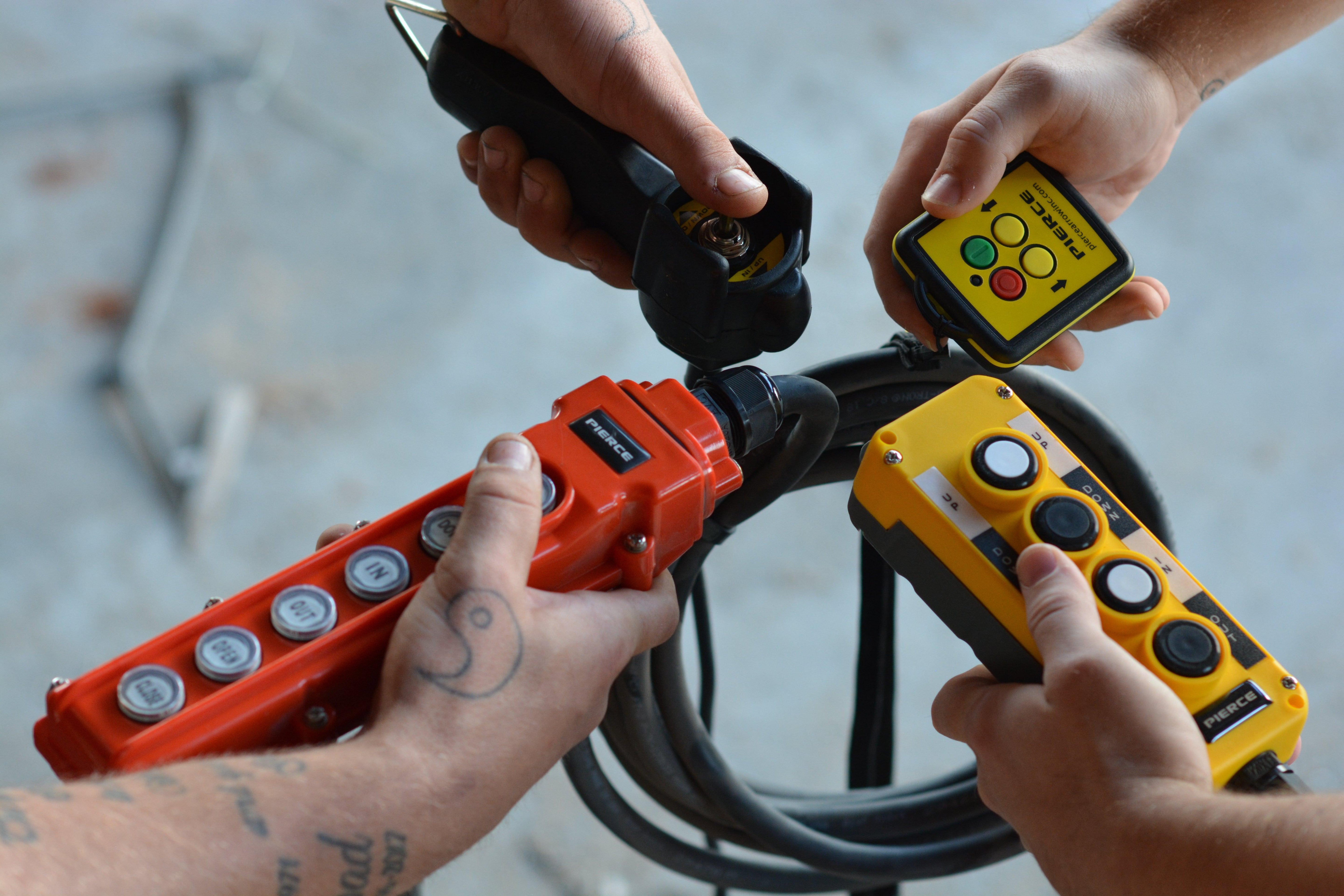 Controls
Controls
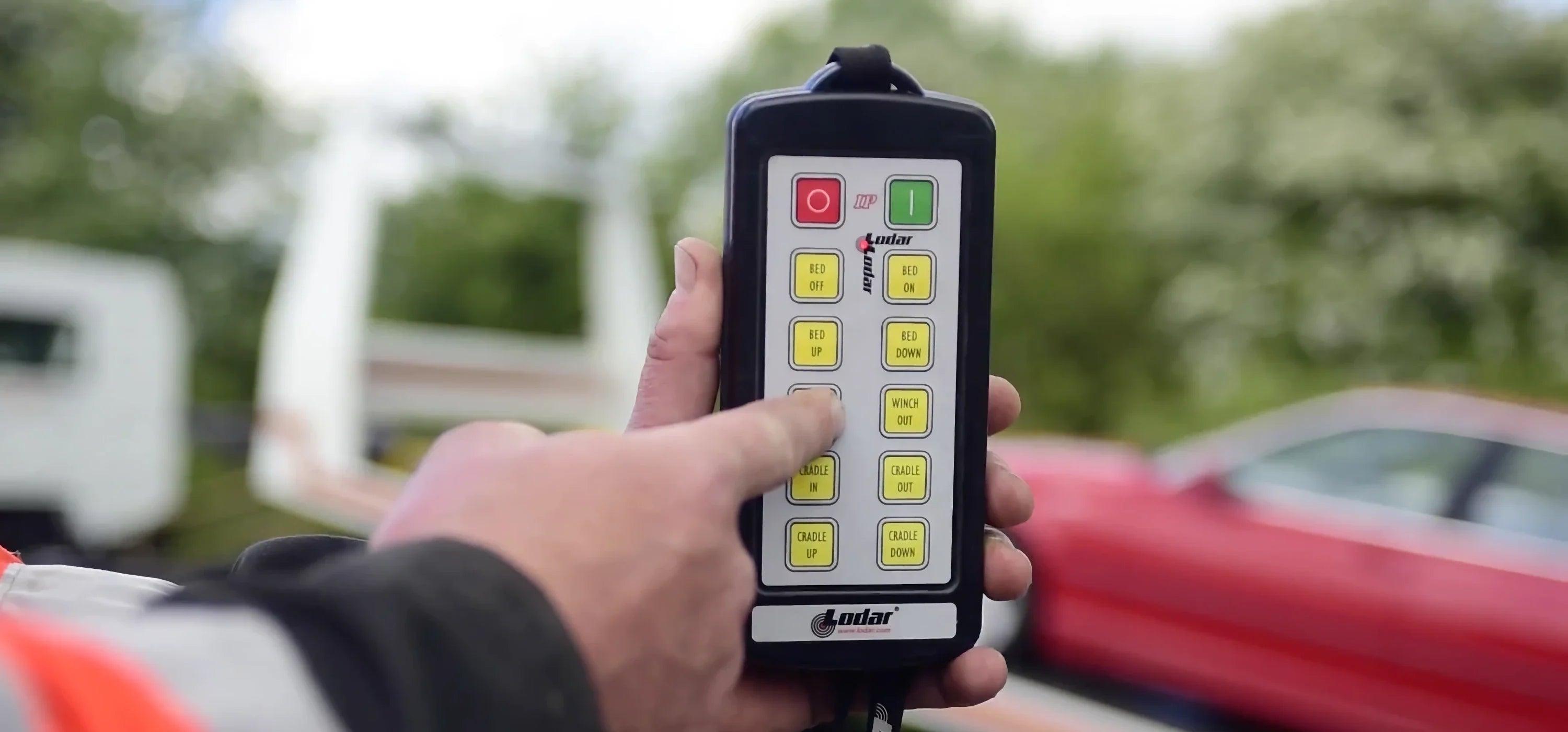 Lodar Wireless
Lodar Wireless
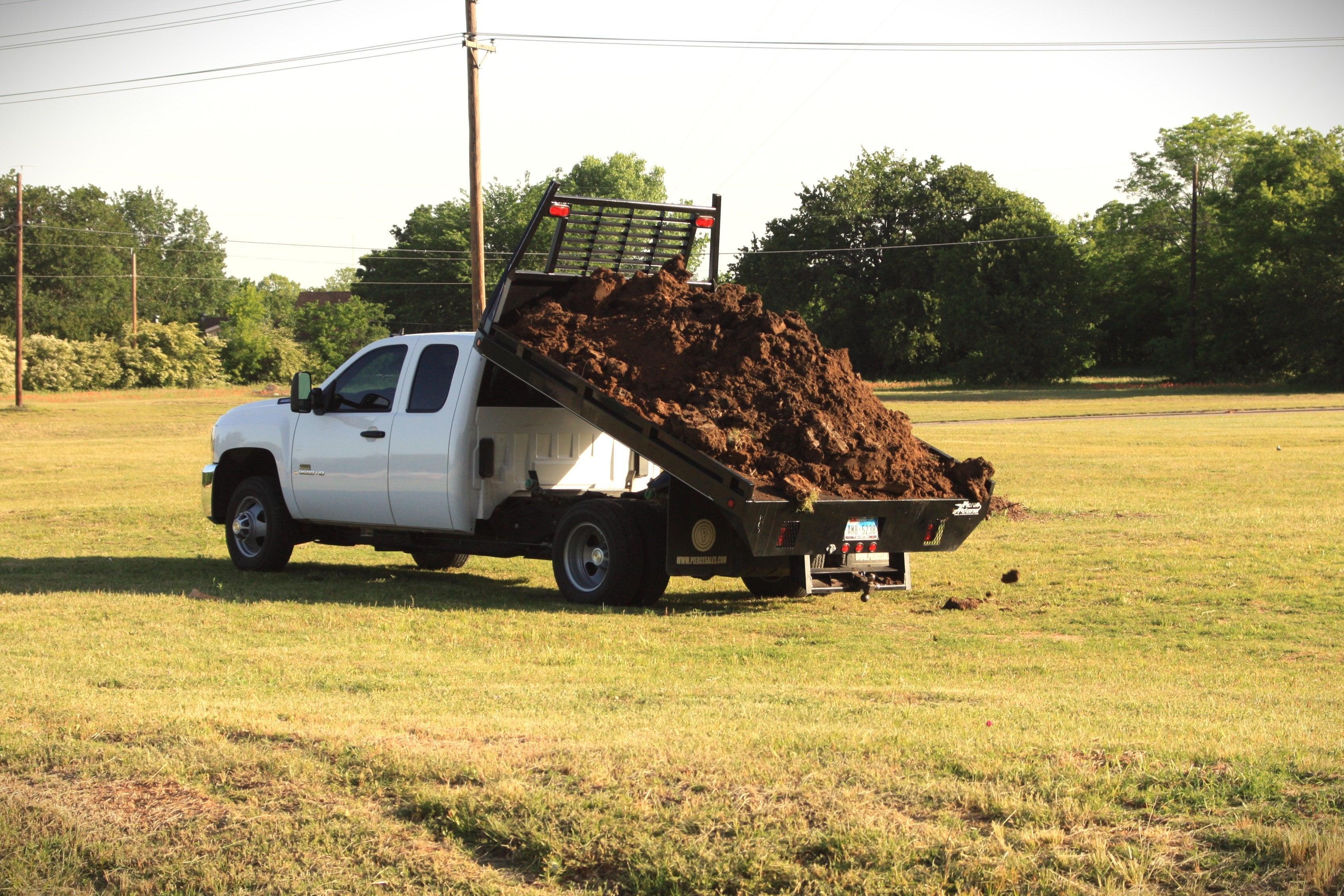 Dump Bed Kits
Dump Bed Kits
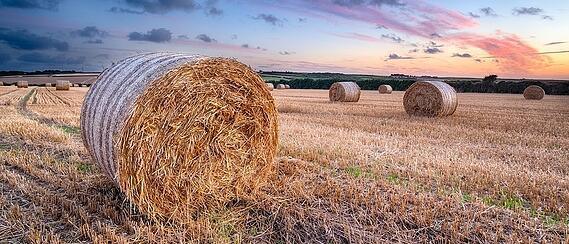 Ranch Equipment
Ranch Equipment
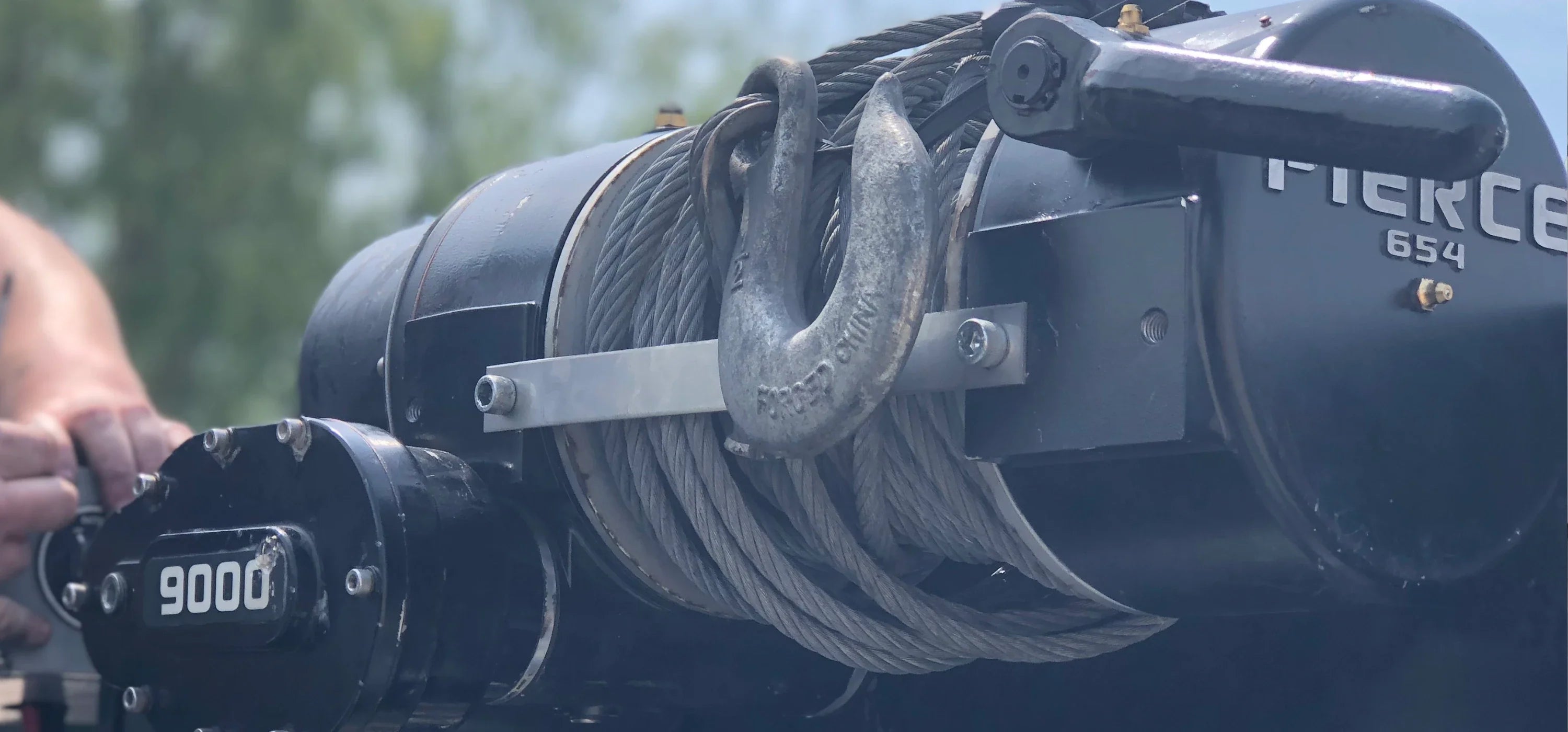 Winches
Winches